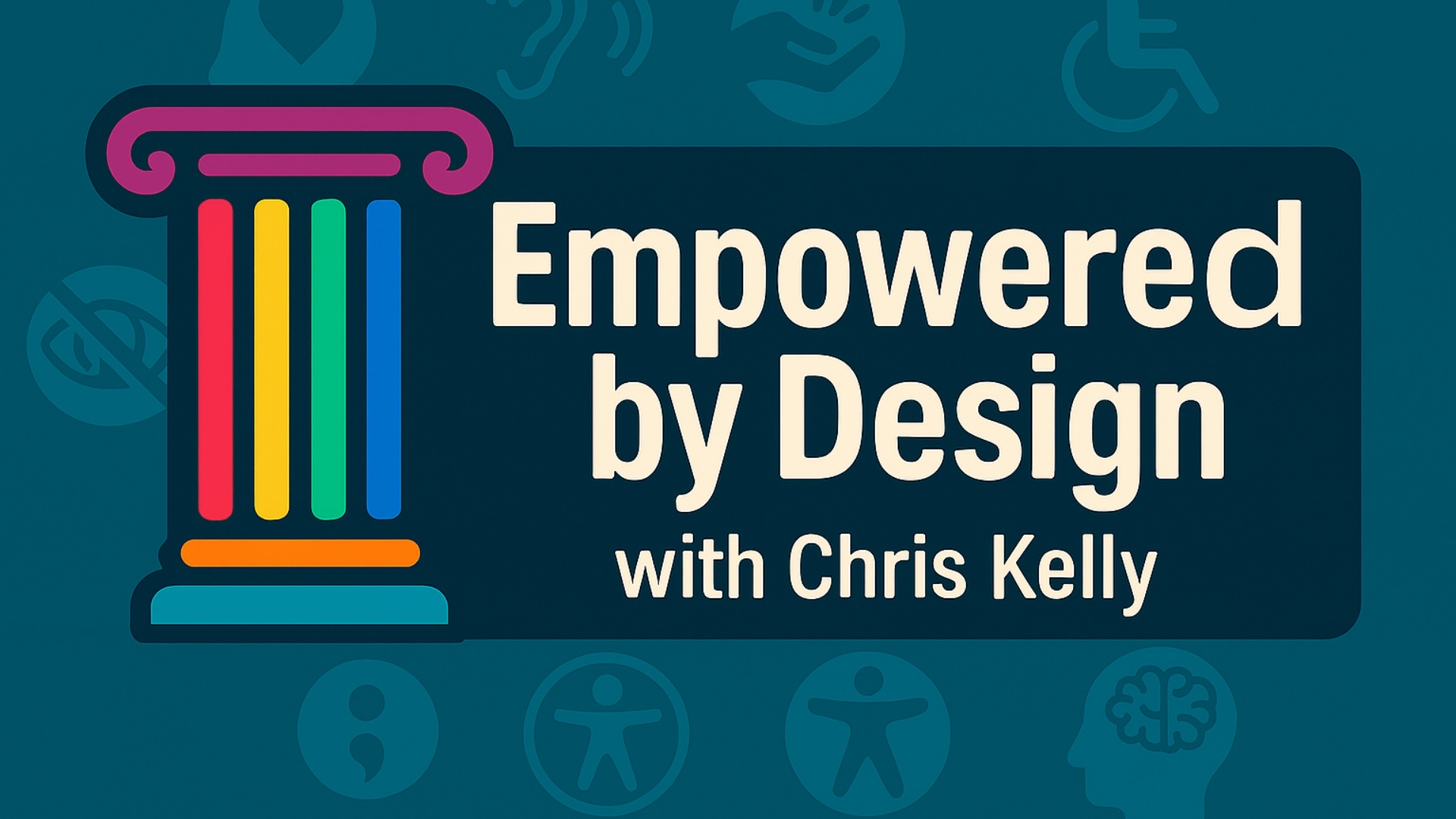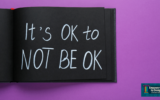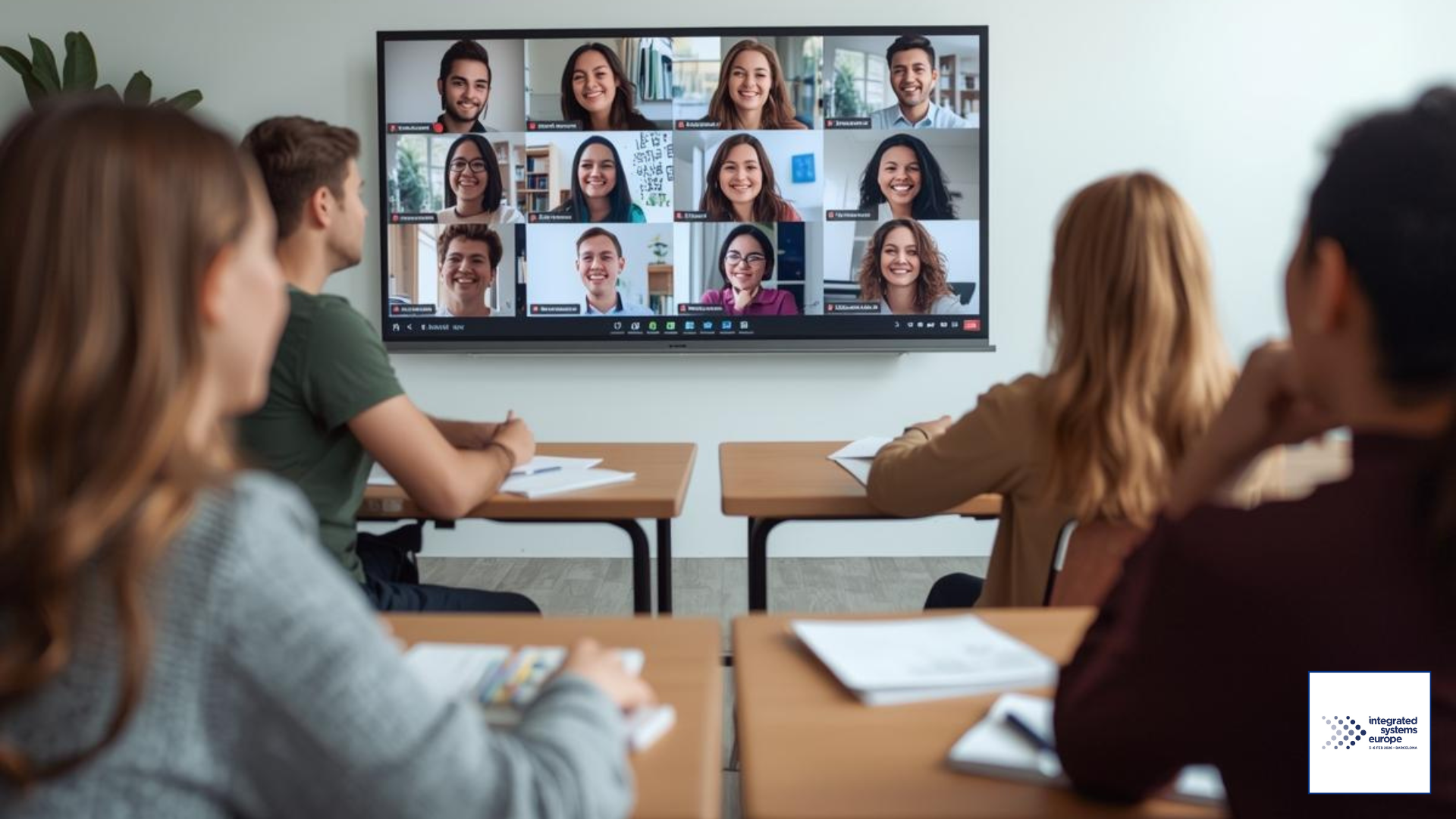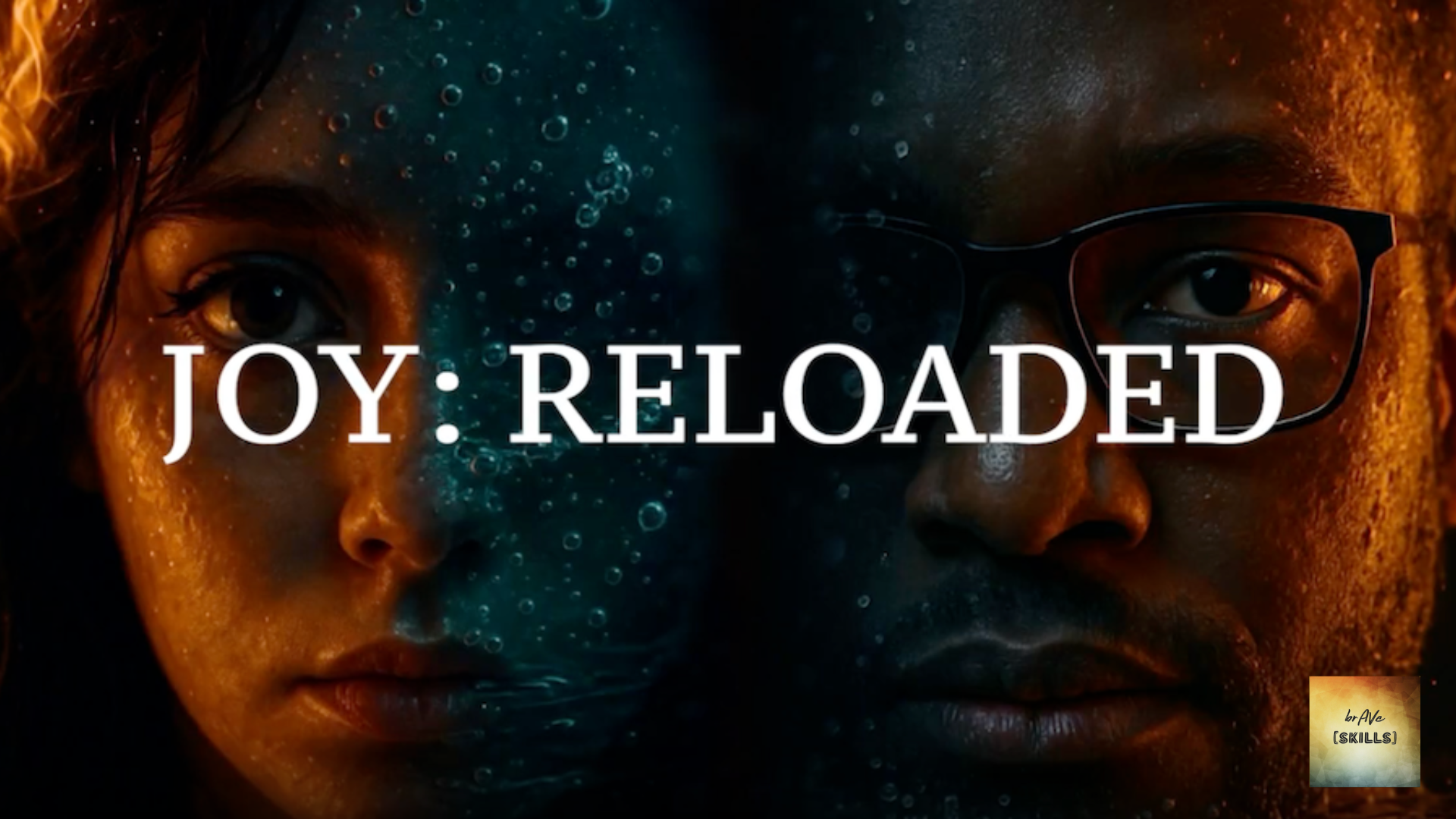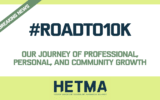Higher Ed AV Media is proud to debut a new regular column: Empowered by Design with Chris Kelly
What in the world is WCAG/WAI and why should HETMA folks care?
Digital accessibility isn’t just a box to check—it’s both a moral responsibility and a practical necessity. In higher education, students, faculty, and staff rely on digital platforms for learning, communication, and administration. Making these platforms accessible ensures that everyone, regardless of ability, can fully participate.
In 2024, the federal government introduced new standards for U.S. agencies, hospitals, and higher ed institutions, with the first compliance deadline coming in April 2026. For many of us, that means updates need to happen soon—especially if federal funding is on the line.
But here’s the thing: even if your website or platform isn’t legally required to meet these standards, following accessibility best practices is still a smart move. It’s about creating inclusive spaces for our communities and setting an example for others. Compliance shouldn’t be the only reason we care about accessibility—we should do it because it’s the right thing to do.
It’s about creating inclusive spaces for our communities
Depending on the source, anywhere from 16% to over 25% of the population lives with some form of disability. And “disability” is a broad term—it covers a wide range of conditions and experiences.
It’s also important to think about disability through the social model, not just the medical model. The social model says that people aren’t disabled because of a personal deficiency—they’re disabled because society creates barriers. A design choice, a missing feature, or an inaccessible process can turn an everyday task into an obstacle. For many, what’s labeled a “disability” is also a positive identity and a source of community.
A design choice, a missing feature, or an inaccessible process
Here’s the truth: everyone is temporarily abled. You might not think of yourself as disabled—maybe because you’ve never been diagnosed, or you’re not currently experiencing a condition that limits you. But if we live long enough, every one of us will eventually encounter barriers created by the way society is designed. No one stays “able” forever.
That’s why accessibility isn’t just for “other people.” It’s for all of us—if not today, then someday. And in reality, most of us already benefit from universal accommodations without even realizing it.
Without diving too deep, think about how many everyday conveniences started as accommodations. Ever taken a break at work? That was an accommodation. Used an alarm clock to wake up? Rolled a bike or stroller up a curb cut? Watched TV with closed captions in a noisy bar? Grabbed a step ladder to reach a high shelf? Adjusted your screen brightness when moving from indoors to outdoors?
Even keyboards and audiobooks began as accessibility solutions. Today, they’re so common we don’t think twice. That’s the power of universal accommodations—solutions created to remove barriers for some often end up improving life for all.
Even keyboards and audiobooks began as accessibility solutions
You might think, “Sure, but isn’t the number of people who struggle to access the internet pretty small?” Not really—and the challenges go far beyond vision or hearing loss.
Consider people with limited fine motor control, arthritis, or paralysis. Even something as simple as clicking a tiny button can be a major hurdle. Then there are cognitive differences: Is your site written at a reasonable reading level? Does it avoid flashing images that could trigger seizures? Are there too many moving elements that make it hard to focus?
The truth is, even without a diagnosed disability, most of us have struggled to navigate a poorly designed website—yes, even tech pros. Accessibility isn’t just for a few; it makes the web better for everyone. And universal accommodations are how we get there.
most of us have struggled to navigate a poorly designed website
What Are WCAG and WAI?
- Web Content Accessibility Guidelines (WCAG) are a set of internationally recognized standards developed by the World Wide Web Consortium (W3C). They provide guidance on how to make web content more accessible to people with disabilities, including those with visual, auditory, motor, and cognitive impairments.
- Web Accessibility Initiative (WAI) is a broader effort by the W3C that includes WCAG but also covers tools, techniques, and resources to help organizations implement accessibility across digital platforms.
How Do You Know If Your Content Meets WCAG Standards?
Short answer: it probably doesn’t. And that’s okay—you haven’t failed. WCAG has different compliance levels: A, AA, and AAA.
- A is the most basic level.
- AA is the standard most organizations aim for.
- AAA is the gold standard—and the hardest to achieve.
Ideally, we’d all shoot for AAA, but the reality is that even reaching AA can be a big step forward. So, how do you figure out where your site stands and what needs fixing?
Where Do You Start? Tools and Quick Wins
These days, there are plenty of tools—many free, some paid—that can help you check your site’s accessibility. They’re a great starting point, but keep in mind: no tool catches everything.
One popular option is WebAIM’s WAVE Web Accessibility Evaluation Tool (www.wave.webaim.org/), which allows you to scan a URL or use a browser plugin to identify potential issues. They also offer a handy color contrast checker. Beyond WAVE, there are dozens of other utilities out there.
But here’s the catch: automated tools can only take you so far. For example, they can tell you if an image has alt text, but not whether that alt text is actually useful. That’s where human judgment comes in. To ensure real usability, tools can guide you, but thoughtful, inclusive design is what truly makes the difference.
So, What Does It All Mean? Remember to POUR It On
POUR stands for Perceivable, Operable, Understandable, and Robust—the four core principles of accessibility in WCAG. Here’s what they mean in plain language, along with practical examples and key areas to focus on as you build more inclusive experiences.
Perceivable
Users must be able to recognize and access content through their senses. For most, that’s visually. For others, it might be through sound or touch.
What to Focus On:
- Provide text alternatives (alt text) for images.
- Add captions for videos and transcripts for audio.
- Ensure color contrast meets WCAG standards (4.5:1 for normal text).
- Don’t rely on color alone to convey meaning.
Examples:
- An online assessment has multiple input fields. If a user can’t see the field labels, how can they complete it?
- A chart shows population changes over time. If someone can’t see the chart, how do they understand the data?
- A training video without captions—can a Deaf or hard-of-hearing user learn the process?
- A website’s contact info is in the footer, but the color contrast is too low—can a low-vision user find it?

Operable
Users must be able to interact with and navigate the interface. For some, that’s a mouse or touchscreen. For others, it might be a keyboard, voice commands, or assistive devices.
What to Focus On:
- Make sure all functionality works with a keyboard.
- Avoid keyboard traps—users should never get stuck in one element.
- Ensure menus and navigation work with both hover and keyboard focus (the highlighted element on a user interface that will receive input from the keyboard).
- Provide options for time limits or allow users to extend them.
Examples:
- A menu expands on hover but not when focused—can a keyboard user access it?
- Social media links work with a mouse click but don’t receive keyboard focus—can they be activated without a mouse?
- A survey requires holding Control while clicking to select multiple options—what if the user can’t do both at once?

Understandable
Content and navigation should be predictable, consistent, and easy to learn. Users should know what to expect and understand how to use the system.
What to Focus On:
- Keep navigation consistent across pages.
- Provide clear error messages and instructions for forms.
- Use plain language and define uncommon terms.
- Avoid unexpected changes like auto-refresh or moving content.
Examples:
- Navigation links change order on every page—can users find what they need?
- A form doesn’t explain why it won’t submit—how does the user fix errors?
- A document includes non-English words without language tags—can assistive tech read them correctly?

Robust
Content should work across different technologies and assistive tools. Users should have the freedom to choose how they access your content.
What to Focus On:
- Use semantic HTML for headings, lists, and tables.
- Ensure compatibility with screen readers and multiple browsers.
- Avoid requiring inaccessible plugins for core functionality.
Examples:
- A site only works in one browser—what if the user can’t use that browser?
- A document format isn’t compatible with screen readers—can the user still access it?
- An educational resource requires an inaccessible plug-in—can the user meet the learning objective?
Want to Learn More? Here’s Where to Start
If you’re ready to dive deeper into accessibility, there are plenty of excellent resources available. I’m not an expert, but I believe the more of us who learn, the better we can make the web for everyone.
Here are a few great starting points:
- W3C (www.w3.org): The go-to source for official accessibility standards and guidance. It’s where the WCAG are published and maintained.
- Free Online Course (www.edx.org): W3C offers a beginner-friendly Introduction to Web Accessibility course on EdX. It’s a fantastic way to build a solid foundation and understand the basics.
- WCAG Quick Reference Guide (www.w3.org/WAI/WCAG22/quickref/): For practical, actionable tips, check out the WCAG Quick Reference. It’s designed to help you find what you need without getting lost in technical jargon.
What If You Don’t Control the Website?
Maybe you’re thinking, “I don’t manage my organization’s website—what can I really do?” The truth is, you probably know someone who does. So start the conversation. In higher ed, accessibility isn’t just a best practice—it can impact funding and compliance.
Even if you’re not the one making changes directly, you can still be a powerful advocate. Share what you’ve learned. Point people to helpful resources. Push for accessibility to be treated as a priority, not an afterthought.
And let’s be honest: even our own HETMA sites aren’t fully WCAG-compliant right now. That’s why I volunteered to help improve them. I’m not a web developer, but I can learn and collaborate with those who have the access and skills. Why? Because I’m not okay with knowing that a significant percentage of our audience can’t use our site as intended.
We can all do better. And it starts with speaking up, sharing what we know, and pushing for change. Accessibility isn’t someone else’s job—it’s a shared responsibility. Whether you build the site or simply care that others can use it, your voice matters. Because when we design for inclusion, we don’t just improve websites—we expand access, dignity, and opportunity.
Let’s start where we are, and make the web better for everyone.

Chris Kelly, M.A., is a Senior IT Support Specialist for Learning Environments at Creighton University in Omaha, Nebraska. He holds a Master of Arts in Counseling with a K–12 School Specialization and brings over a decade of social work experience to his current role in higher education technology. Since joining Creighton, Chris has played a key role in advancing the university’s AVoIP infrastructure and expanding its network and remote capabilities. He was specifically hired to bring a network-focused perspective to the team during a period of rapid technological growth.
Chris is passionate about fostering inclusive, accessible, and connected environments, and he is committed to promoting diversity, equity, and inclusion in all aspects of his work. He currently serves as Advisory Board Chair for the Higher Education Technology Managers Alliance (HETMA.org), where he helps shape the future of AV/IT in higher education.
Connect with Chris:
LinkedIn: https://www.linkedin.com/in/chris-kelly-272155122/

